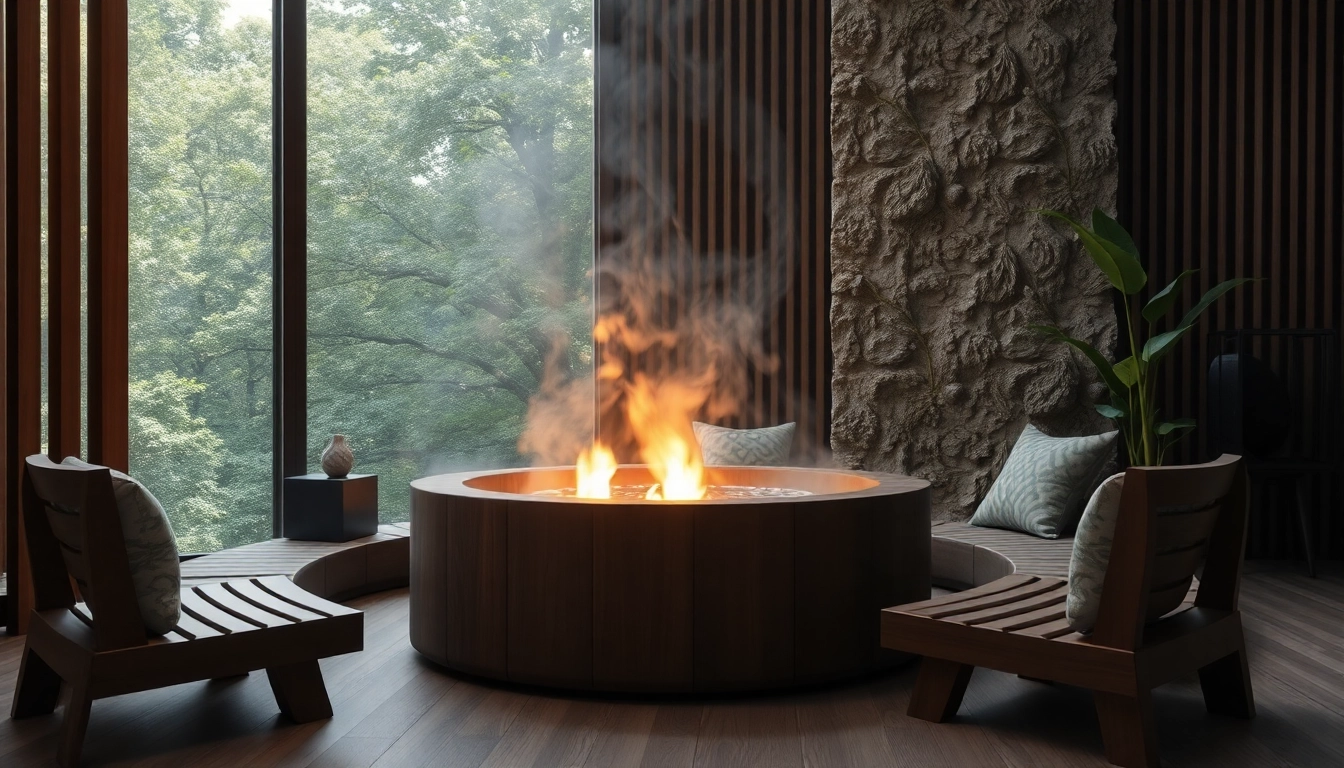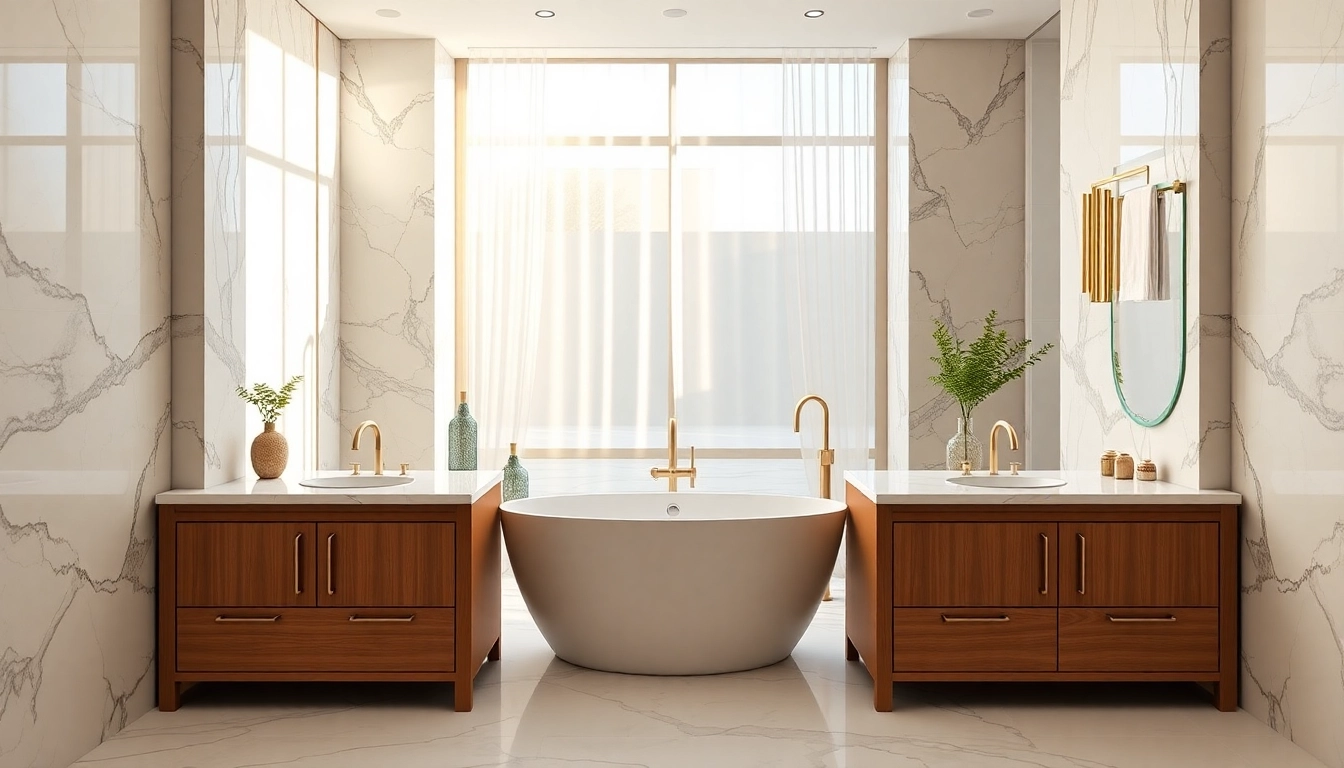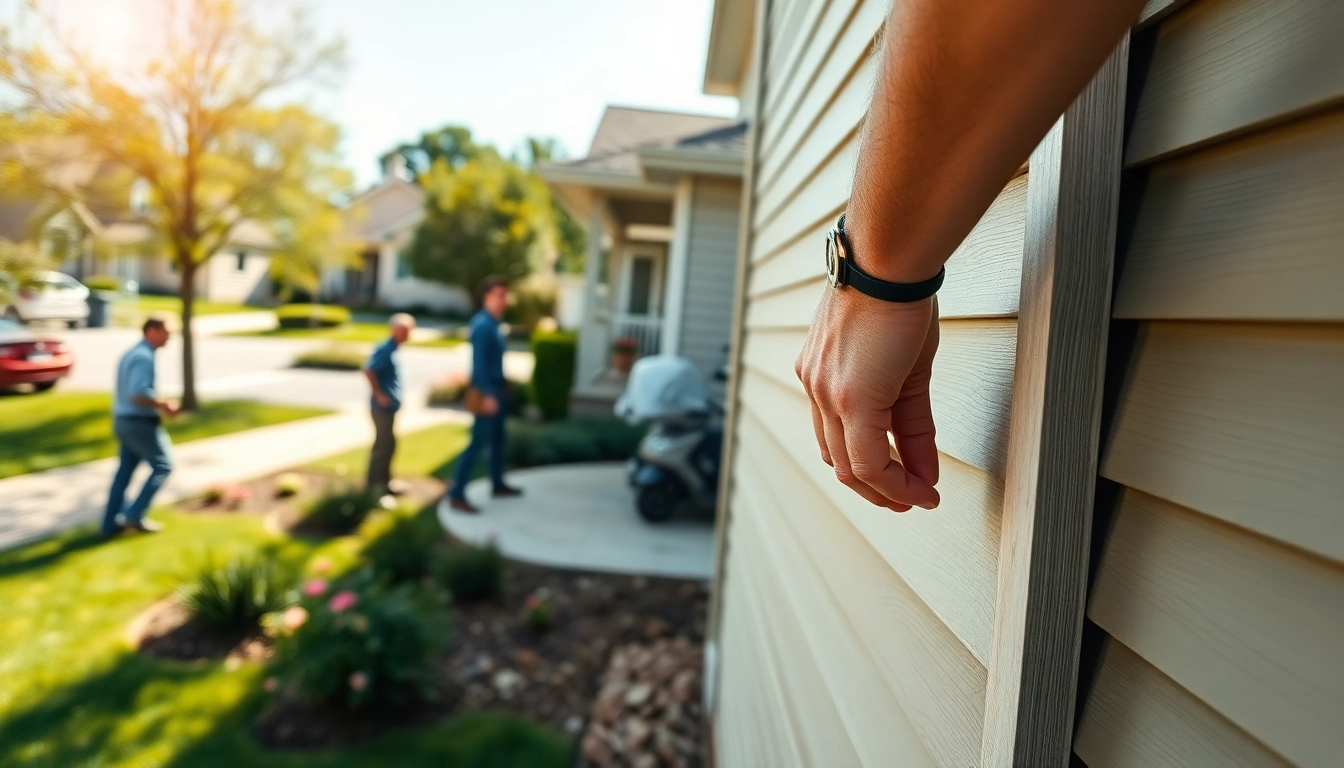Introduction to Water Vapor Fireplaces
The allure of a fireplace often brings to mind cozy evenings, warmth, and a decorative centerpiece for homes. However, traditional fireplaces may come with drawbacks such as smoke, ash, and the hazards associated with open flames. Enter the water vapor fireplace—a modern innovation that combines the aesthetic appeal of fire with cutting-edge technology, allowing for safe, effective, and environmentally-friendly ambiance in none of the mess. This article will delve deep into what makes water vapor fireplaces unique, exploring their advantages, disadvantages, and tips for choosing the right model to suit your home’s needs.
What Is a Water Vapor Fireplace?
The Concept of Water Vapor Fireplaces
A water vapor fireplace, also known as an electric fireplace, uses ultrasonic technology to create a fine mist that resembles fire. This illusion is usually complemented by LED lights that provide an array of colors and effects, enhancing the realism. Unlike traditional methods, water vapor fireplaces do not consume fossil fuels or emit harmful byproducts, making them more sustainable alternatives for your home while still offering the visual elements associated with a traditional fireplace.
History and Development
The concept of a fireplace has undergone significant transformations from rudimentary structures used for cooking and heating to modern forms of aesthetic appeal. The development of water vapor fireplaces is a representation of technological advancement, tracing back to movements towards eco-friendly solutions and energy-efficient heating methods. Emerging in the late 20th century, water vapor fireplaces responded to market demands for alternatives that provide ambiance without compromising safety and health.
The Technology Behind Water Vapor Fireplaces
Water vapor fireplaces utilize ultrasonic technology where water in a reservoir is vibrated at high frequencies, generating a fine mist. The LEDs illuminate this mist, projecting a flame-like appearance that captures the essence of a conventional fire without the heat or smoke. Some models enhance this experience by incorporating sound effects, like crackling wood, further immersing you in that fireplace ambience. Key technical features often include adjustable mist output, various color settings, and remote control functionality, providing users with a personalized experience.
Advantages of Water Vapor Fireplaces
Safety and Comfort
One of the most significant advantages of water vapor fireplaces is safety. Since there are no real flames involved, the risk of fire hazards is substantially reduced. This makes them perfect for families with children or pets, as you don’t have to worry about burns or accidents associated with traditional heating methods. Additionally, there is no need for chimneys, venting, or complicated installation processes, allowing for easy setup in various locations within your home.
Attractive Design
Water vapor fireplaces come in diverse styles and designs, from modern and minimalist to more classic aesthetics, ensuring there is a model suitable for any home décor. Their unique flame-like effects provide visual intrigue and become a focal point in any room. Many models allow customization in terms of flame color and intensity, making it easy to match your fireplace ambiance with your mood, season, or time of day.
Environmentally Friendly
One of the most significant aspects of water vapor fireplaces is their minimal environmental impact. With no emissions, smoke, or carbon footprints, they align with increasingly popular eco-conscious living trends. They utilize water as a resource, helping to humidify the air, which can counteract dryness often experienced in heated indoor environments. Such features promote healthier air quality as compared to traditional wood-burning or gas fireplaces that release pollutants and allergens.
Disadvantages of Water Vapor Fireplaces
Limited Heating Capability
While water vapor fireplaces excel at providing ambiance, they fall short in terms of actual heating capabilities. Unlike traditional fireplaces that produce substantial warmth, water vapor models primarily serve aesthetic purposes. Homeowners looking for a significant heat source may find themselves disappointed. Therefore, it’s crucial to assess your heating requirements and consider pairing them with additional heating solutions if necessary for colder climates.
Maintenance and Upkeep
The maintenance of a water vapor fireplace can be more demanding than one may expect. The water reservoir requires regular refilling, especially with heavy use or in drier climates. Furthermore, ultrasonic systems may develop mineral build-up requiring periodic cleaning. Users must also be aware of ensuring that the water quality is maintained to avoid any odors and mechanical issues.
Humidity Concerns
While water vapor fireplaces can help combat dry indoor air, they can potentially contribute to higher humidity levels if not adequately managed. Excessive moisture can lead to issues such as mold and mildew growth, particularly in poorly ventilated areas. It’s essential to monitor the overall humidity levels within the home, adjusting the use of the fireplace accordingly and ensuring adequate airflow.
Choosing the Right Water Vapor Fireplace
Key Factors to Consider
When selecting a water vapor fireplace, homeowners should consider several factors. First and foremost, assess the size of the space where you intend to place the fireplace to ensure you choose a model that will fit without overwhelming the area. Next, evaluate the style—determining whether you prefer a built-in model, a standalone unit, or an insert for an existing fireplace. Also, consider functionalities like remote control operation, adjustable flame effects, and safety features. Finally, check for warranty and after-sales support to safeguard your investment.
Brand Comparisons
Brand reputation plays a significant role when investing in home technology. Some well-regarded brands in the water vapor fireplace market include Aquafire and Dimplex, known for their innovative designs and reliability. Reviewing detailed comparisons of features, customer reviews, and price points can provide insight into which brand may offer the best fit for your needs.
Customer Reviews
Reading customer reviews can provide real-world insights into the performance and durability of specific models. Look for feedback regarding the installation process, ease of use, and overall satisfaction. Customers often discuss any encountered problems, which can help prospective buyers gauge the potential pitfalls of owning a water vapor fireplace.
Conclusion and Recommendations
Is a Water Vapor Fireplace Right for You?
Ultimately, the decision to invest in a water vapor fireplace should align with your personal preferences and lifestyle needs. If you prioritize aesthetics over heating efficiency and are interested in an environmentally conscious option, a water vapor fireplace can be a fantastic addition to your home. Be mindful of the maintenance requirements and ensure you choose a model that complements your space and decor style.
Next Steps
To proceed, consider visiting various showrooms or browsing online platforms to view different models firsthand. Take the time to engage with sales representatives who can guide you through the specifications and functionalities tailored to your needs. Always ensure you read product manuals for installation and operational guidelines to maximize your fireplace’s potential.
Additional Resources
For further reading on water vapor fireplaces, explore industry-specific blogs and forums where you can gain insights from existing users. You may also consider consulting with interior designers or home improvement experts who can provide tailored advice to help you make the best choice.



